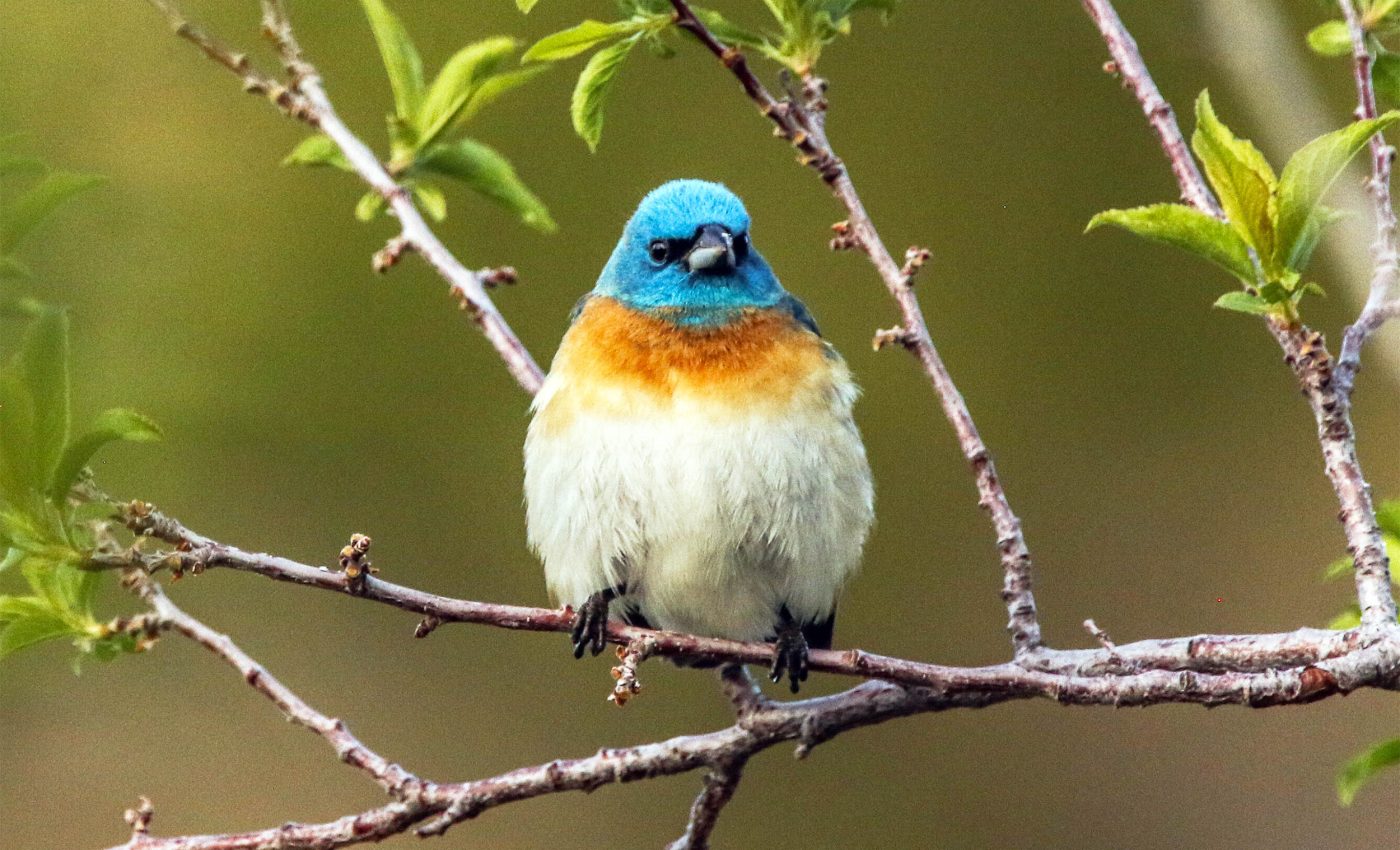
Study finds a surprising link between birds and wildfires
Fire often feels like a symbol of destruction – sweeping through forests, consuming homes, and filling the air with smoke. But not all wildfires bring ruin, and not all animals are displaced by them, including birds
In the Sierra Nevada mountains of California, a group of scientists found that many birds actually benefit from certain kinds of wildfires. Not just right after the smoke clears, but for decades.
The findings could help forest managers make better decisions about how to deal with fire in a warming, drier world.
Birds and their wildfire connection
The researchers from researchers from The Institute for Bird Populations, the National Park Service (NPS), and UCLA studied 42 types of birds over a 20-year period in Yosemite, Sequoia, and Kings Canyon National Parks.
They matched up bird data with 35 years of detailed wildfire history to see how the birds were doing in areas that had burned compared to areas that hadn’t.
The result? Twenty-eight of the 42 bird species were more common in places that had experienced wildfire.
For eleven of those species, the positive effects of fire lasted at least 35 years. Only one bird species responded negatively to wildfires, and just four showed mixed responses.
Even some familiar birds, like the Dark-eyed Junco and Mountain Chickadee, showed clear benefits from fire – not just the so-called “post-fire specialists” that are known to move into burned areas.
Fires, wildfires, and megafires
Historically, fires were a regular part of life in the Sierra Nevada. They happened often and were usually low or moderate in severity.
Indigenous communities even used fire as a tool to shape the landscape – keeping underbrush low, improving hunting areas, and helping certain plants grow.
But after the 1870s, settlers put a stop to those cultural burns. Then, for more than a century, natural fires were aggressively suppressed.
That caused a build-up of dry wood, brush, and debris – the perfect fuel for bigger, hotter, more destructive fires.
Factor in climate change and long droughts, and it’s no surprise that we now see massive wildfires, sometimes called “megafires,” more often.
To push back, land managers are turning to controlled burns and other techniques to reduce fuel loads and restore the natural cycle of fire.
How birds benefit from wildfires
Birds benefit from wildfires in surprising ways. After a fire, the landscape changes – trees fall, brush clears out, and sunlight reaches the ground again.
That sudden openness creates new opportunities for many species. Some birds move in to feed on insects that thrive in burned wood or exposed soil. Others take advantage of new nesting spots in standing dead trees or shrubs that quickly regrow.
As plants return, the mix of seeds and flowers attracts different kinds of prey, which supports a wider variety of birds.
Woodpeckers, for example, often appear right after a fire because burned trees are full of beetle larvae. Over time, as shrubs and grasses come back, songbirds that like open or shrubby areas also move in.
Wildfires can help birds for decades
In essence, wildfires reset the ecosystems that bird species call home. They clear out old growth and create a patchwork of habitats that birds can use in different ways.
For decades after a wildfire, burned areas often support more birds – and more kinds of birds – than areas in a region that weren’t touched by the fires.
This study reveals just how long the effects of low to moderate fires can last for different bird species.
“Given the effects of fire on the nature and structure of bird habitats, and the long post-fire process of vegetative succession, maybe it’s not too surprising that birds are responding to fires for so long,” said Dr. Chris Ray, the study’s lead author.
“But even low-severity burns had lasting effects on some species: for example, Western Tanager and Hermit Warbler were much more abundant at points that had experienced a low-severity burn 35 years ago than at points that never burned in the previous 35 years.”
Not everyone agrees
Dr. Ray pointed out that nearly all of the study’s burned sampling sites (97.5%) had only low or moderate fire severity.
“Our results don’t necessarily apply to the very large and high-severity fires that have been occurring more often in these landscapes in recent years,” she said.
Dr. Ray also added a note of caution about how far the findings go. The birds studied were the more common species in the parks.
“These results don’t necessarily apply to some of the species that are rare in these landscapes, because we couldn’t apply our data-hungry statistical models to species that we didn’t observe very often.”
Helping forests by working with fire
Forests benefit when fire isn’t treated as the enemy – as long as it stays within a certain range of severity.
When fire returns to the landscape in patches, over time, and at different intensities – a pattern called “pyrodiversity” – it can create a mix of habitats that support more wildlife.
“Land managers might be heartened to hear that many birds might benefit even from burns that aren’t all low-severity,” said Dr. Ray.
Controlled burns, fuel thinning, and allowing some natural fires to burn under the right conditions might all help return the Sierra Nevada to a more balanced state – one where birds and forests have room to breathe, grow, and recover.
This study doesn’t just show that fire can be useful. It shows that when used wisely, it can have benefits that last for generations of birds to come.
The full study was published in the journal Fire Ecology.
—–
Like what you read? Subscribe to our newsletter for engaging articles, exclusive content, and the latest updates.
Check us out on EarthSnap, a free app brought to you by Eric Ralls and Earth.com.
—–













